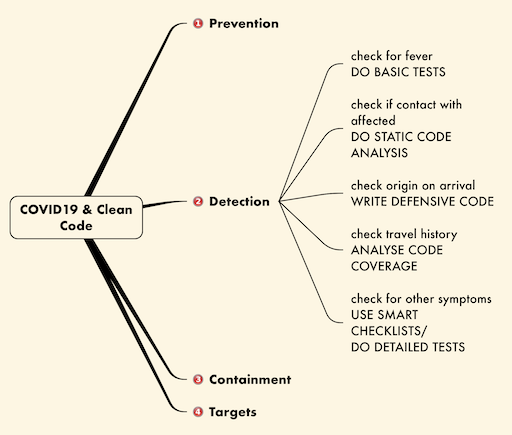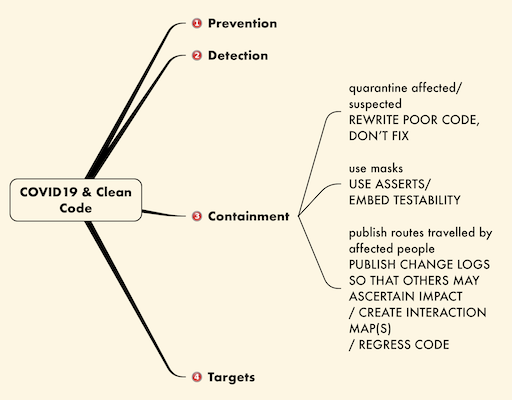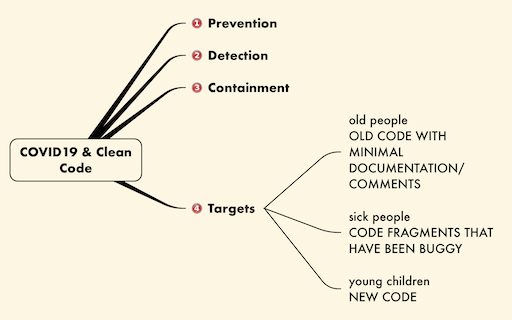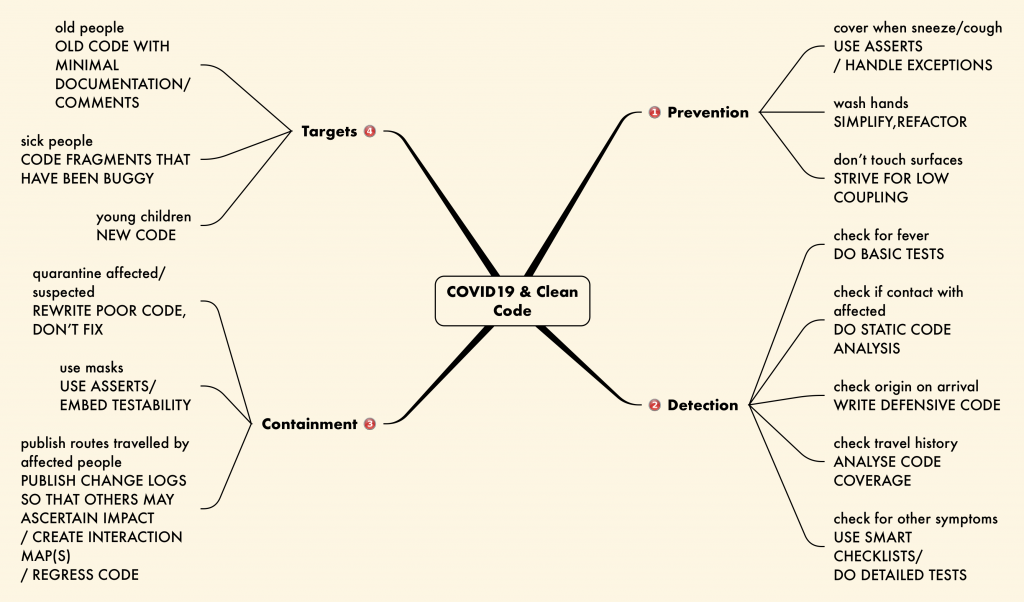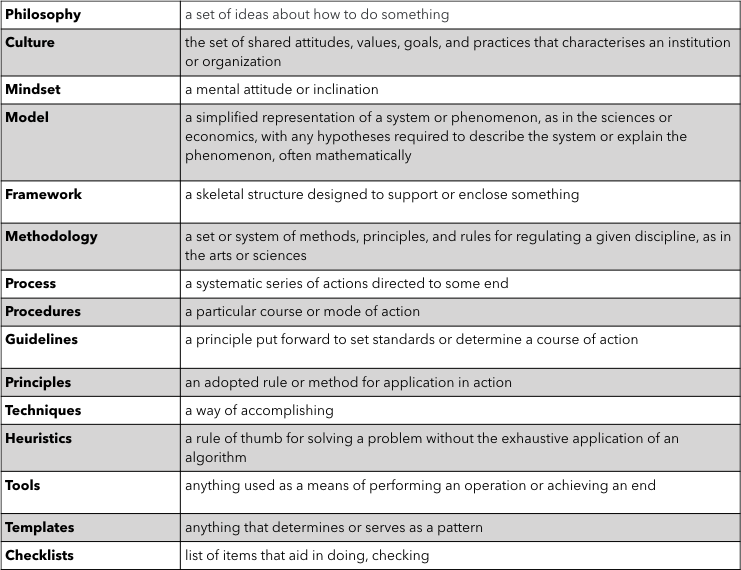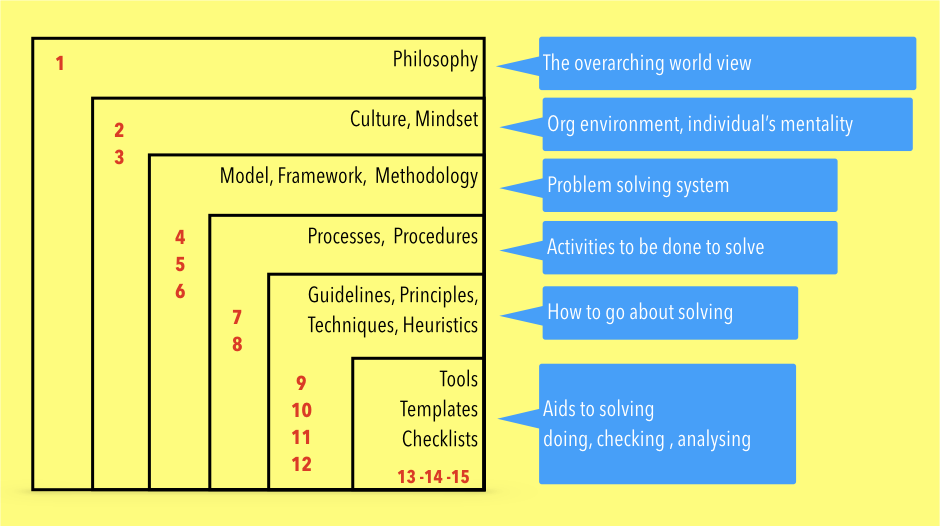T Ashok, @ash_thiru on Twitter
Summary
Intelligent testing is a brilliant set of opposites. Is it finding more bugs or enabling brilliant code from start? Is it about frequent and continuous evaluation or being sensitive and pre-empting issues? Is it an act of doing or a state of mind? In this article I relate intelligent testing to Yin & Yang, where the tension of opposites keeps one in the perfect state of balance enabling one to deliver the very best.
As we mature we see more opposites.
Find more bugs or prevent by being sensitive?
Automate more or use human smartness to do less?
Continuous frequent checks or smart minimal tests?
Things that seem contrary, creating tension of choice.
It is really not a tussle, it is a perfect state of balance.
What is Yin & Yang?
Well it is the really opposites that exist.

The FOUR main aspects of Yin & Yang are :
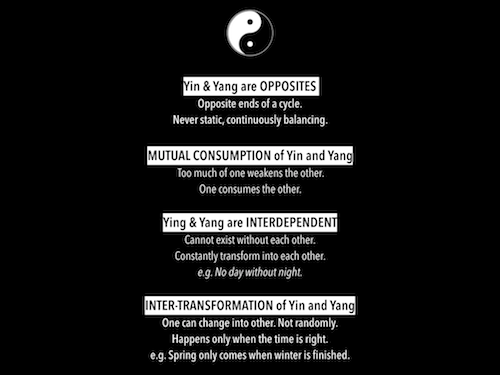
Let us switch to software testing now.
What is Yin & Yang in the context of UNDERSTANDING a SUT?
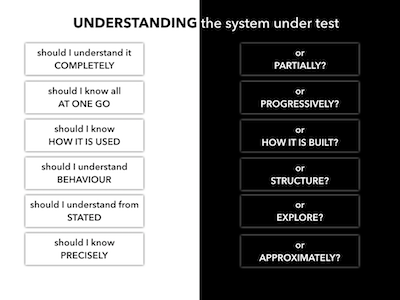
What is Yin & Yang in the context of DESIGNING test cases?
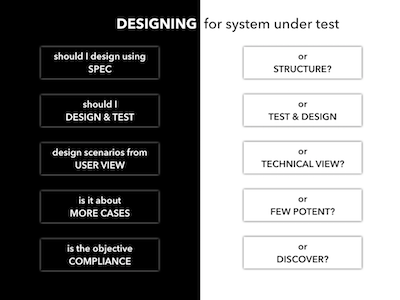
What is Yin & Yang in the context of EVALUATING the SUT?
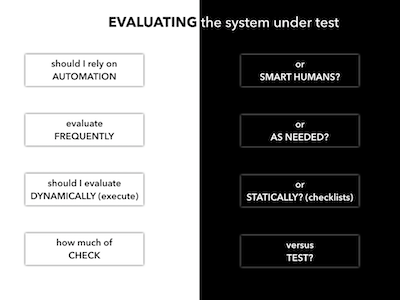
What is Yin & Yang in the PROCESS of evaluation ?
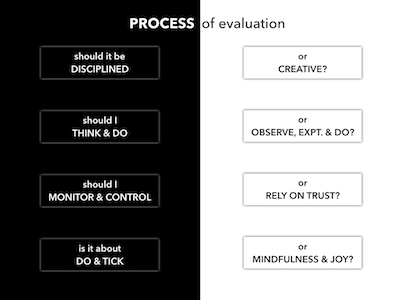
What is Yin & Yang in the context of the OBJECTIVE of testing?
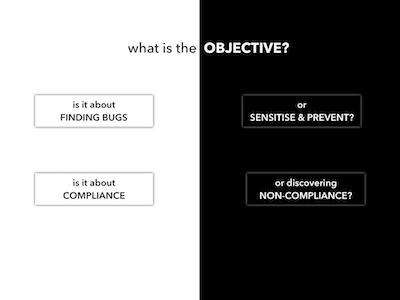
Philosophically
Zero = Infinity
Nothing is everything.
The ability to be empty,
to be unattached, to be in the moment,
no past or future, mindful and observant
enables one to deliver great outcomes.
Yin and Yang are not opposing forces,
it is the tension to keep you in a perfectly relaxed state.



